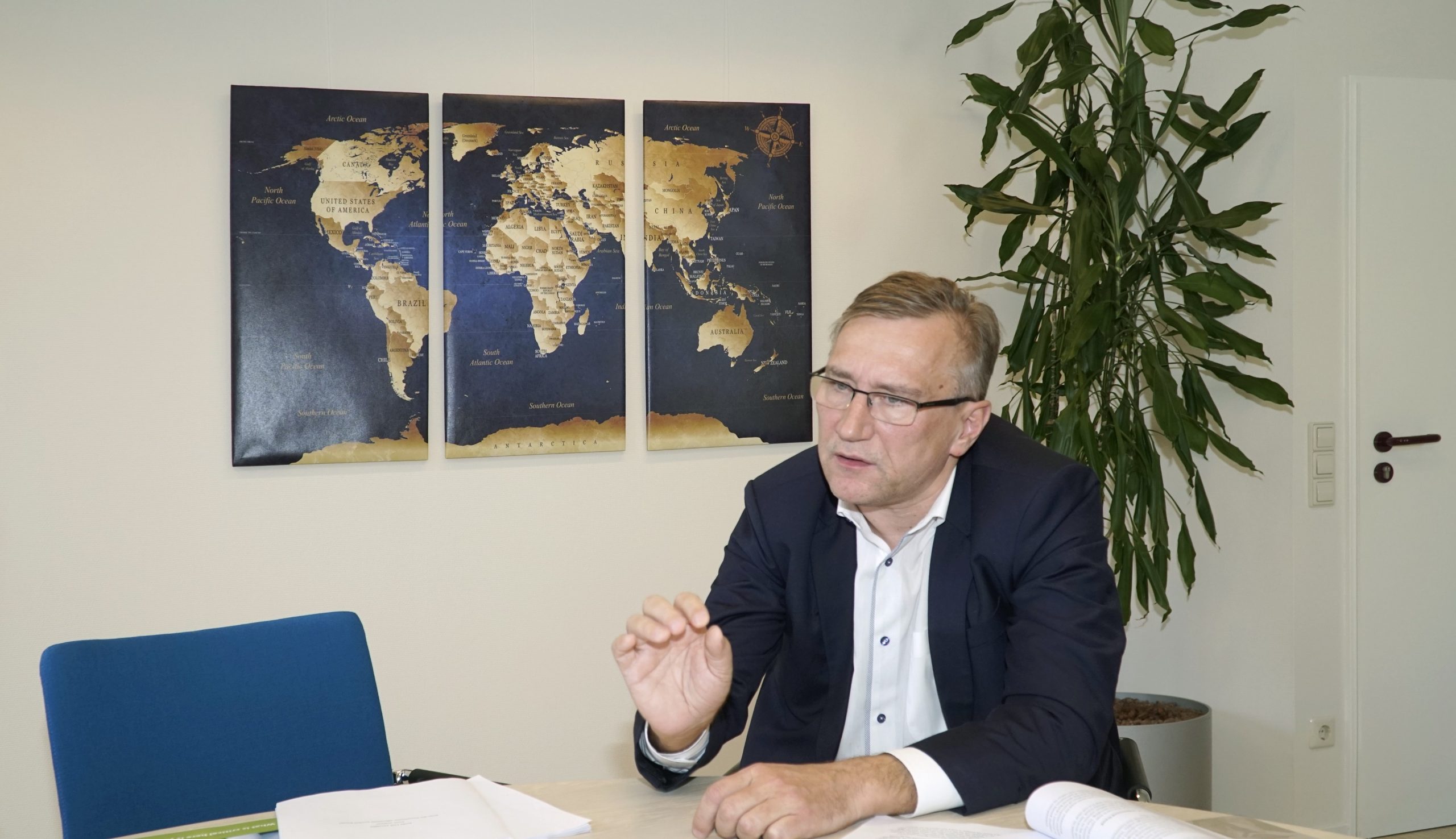EU Urged to Target Development Aid to Kenya for Better Impact
The European Commission and External Action Service (EEAS) have not demonstrated that European Development Fund (EDF) aid to Kenya between 2014 and 2020 addressed the country’s development obstacles and focused on reducing poverty, according to a new report by the European Court of Auditors (ECA). Projects funded under the previous 2008-2013 EDF delivered outcomes as expected, but have not had a visible impact on Kenya’s overall economic development. The auditors now call on the EU to rethink its approach to allocating development aid.

EU development aid is aimed at reducing and ultimately eradicating poverty in the supported countries by incentivising good governance and sustainable economic growth. The EDF is Kenya’s main source of EU funding. The aid received by the country under the 11th EDF, between 2014 and 2020, amounted to €435 million, around 0.6 % of its tax revenue. The auditors examined whether the Commission and the EEAS had targeted it effectively towards where it could contribute most to reducing poverty.
Read also:Mastercard Launches A $13.8 Million Emergency Loans Program For Women-owned Businesses In Kenya
“We did not see sufficient evidence that aid under the 11th EDF is channeled to where it can do most to reduce poverty,” said Juhan Parts, the ECA Member responsible for the report. “Job creation is the most effective and sustainable way to reduce poverty, so EU funds should primarily be focused on economic development.”
The auditors found that the process of allocating EDF aid does not allow it to be linked to a country’s performance, its governance, or its commitment to structural reforms or fighting corruption. The Commission and the EEAS allocated around 90 % of Kenya’s 2014-2020 funding from the EDF using a standard formula for the African, Caribbean and Pacific (ACP) countries, which does not address their specific development obstacles or the funding gap. The country allocations also did not take into accounts other donors’ grants or loans.
Read also:Kenyan Digital Lenders Support Central Bank Regulation
The aid covered only a small fraction of Kenya’s development needs and was spread across many areas, including agriculture, drought emergencies, energy and transport infrastructure, elections, public financial management and the justice system. Spreading funding over so many areas increases the risk of not reaching the necessary critical mass to achieve significant results in any single sector, warn the auditors. Furthermore, the reasoning behind the selection of sectors is not clear enough: the Commission and the EEAS did not carry out their own specific assessment of the country’s development obstacles and objectives, and did not explain how and why the supported sectors would assist most in reducing poverty.
The auditors found no reason why the Commission and the EEAS had chosen not to directly support the manufacturing sector, a sector which has great potential to create jobs. Most funding went to food security and climate resilience (€228.5 million), where it is likely to improve the living standard of the rural communities and small farmers, particularly in dry areas, but does not help progress towards farming commercialisation and the expansion of agro-processing. Conversely, the funding provided for energy and transport infrastructure (€175 million) is too limited to achieve the very ambitious objectives agreed with the Kenyan authorities and to make a significant impact. Considering the perception of widespread corruption in the country, the auditors also argue that the EU’s direct support for measures against corruption was limited.
Read also:Nigerians Have ‘Forced’ Ghana to Review Controversial Investment Law
The auditors recommend that the Commission and the EEAS: examine the EU’s method for allocating funding between ACP countries and make it conditional upon the recipient country’s performance and commitment to reforms; assess critical mass when selecting focal sectors in Kenya, and prioritise the country’s sustainable economic development and the rule of law.
The EDF is made up of contributions from EU Member States outside the EU budget. Each EDF generally lasts from five to seven years. Under the 11th EDF, 75 ACP countries received a total of €15 billion. The allocation was based on five indicators: population, GNI per capita, Human Asset Index, Economic Vulnerability Index, and Worldwide Governance Indicators. Countries with large populations such as Kenya received proportionally less funding. The legal framework for EU development aid to ACP countries is the Cotonou Agreement, which expired in February 2020, with transitional measures in place until December 2020. Discussions on a successor agreement are ongoing.
Read also:Gabon Launches A New $900k To Support Startups And Small Businesses
Kenya’s population of 47 million in 2016 is projected to reach about 85 million by 2050. The country’s urbanisation rate is rising rapidly, creating more demand for jobs in cities. In 2016, 36 % of Kenya’s population was below the poverty line, living on less than $1.90 a day, and over 20 % suffered from undernourishment. Kenya’s economy still rests on agriculture, which makes up a third of its GDP, while manufacturing remains at only 10 %, the same proportion as 40 years ago. From 2003 to 2018, Kenya’s GDP growth has been below the regional average. Transparency International’s Corruption Perception Index 2018 ranks it 144th out of 180 countries.
Kelechi Deca

Kelechi Deca has over two decades of media experience, he has traveled to over 77 countries reporting on multilateral development institutions, international business, trade, travels, culture, and diplomacy. He is also a petrol head with in-depth knowledge of automobiles and the auto industry

